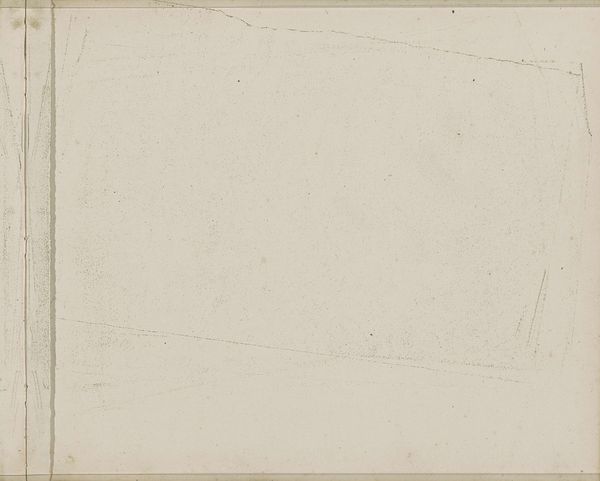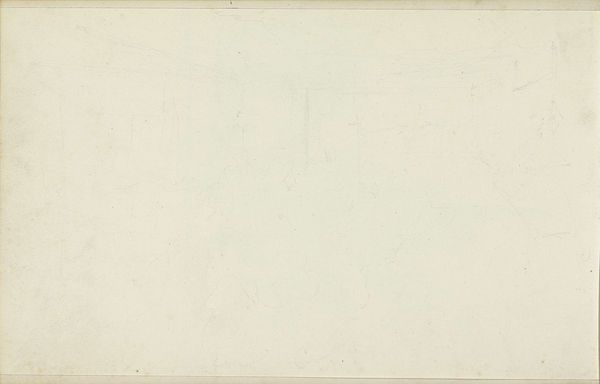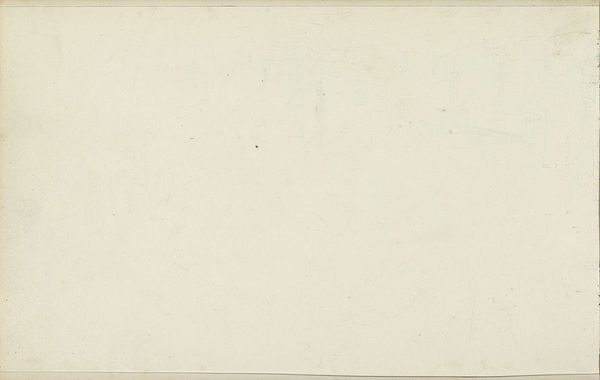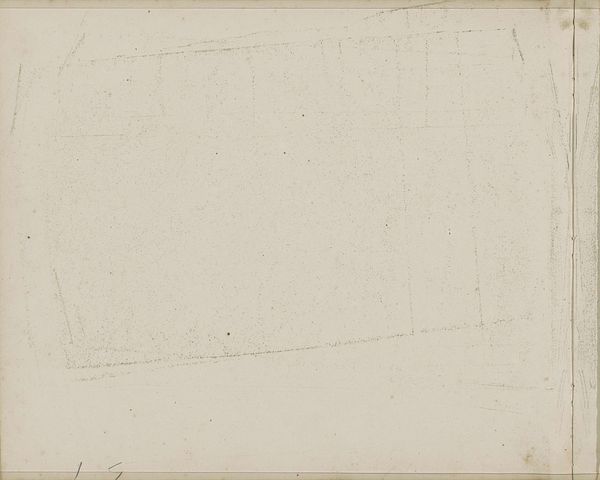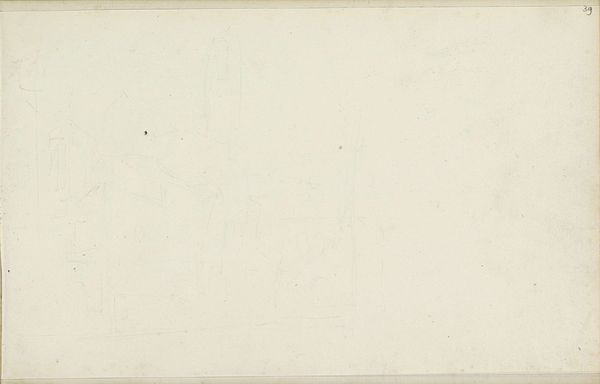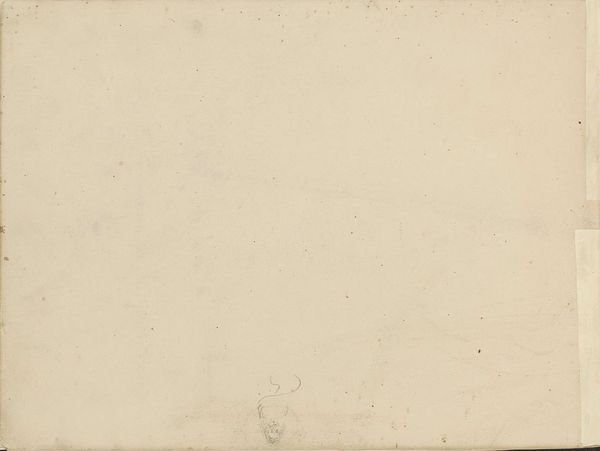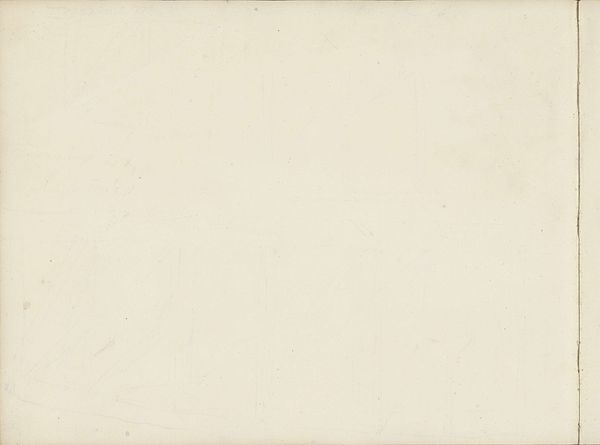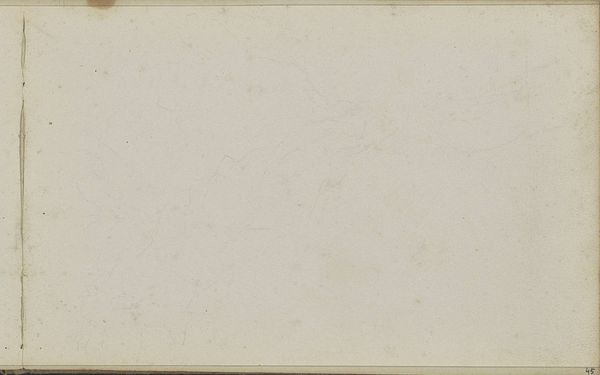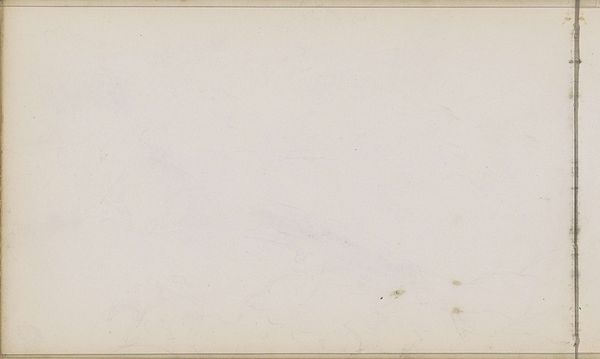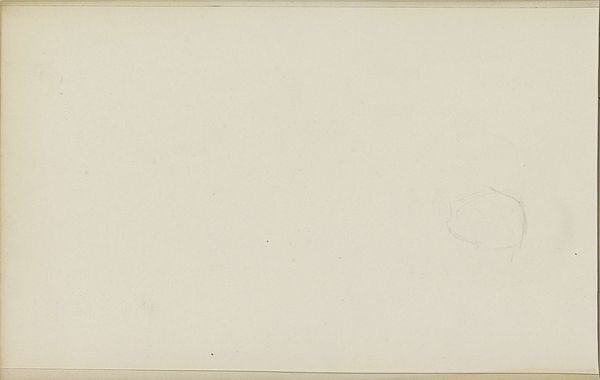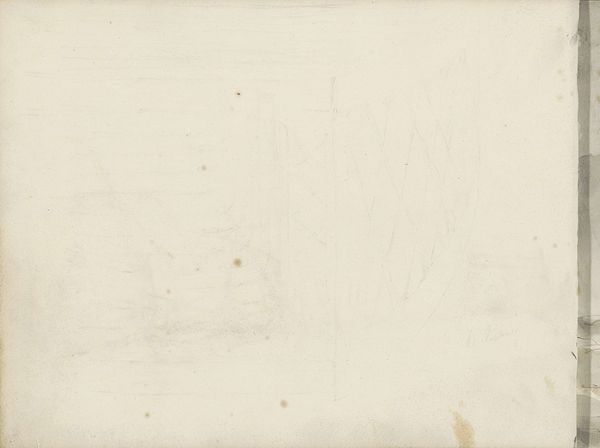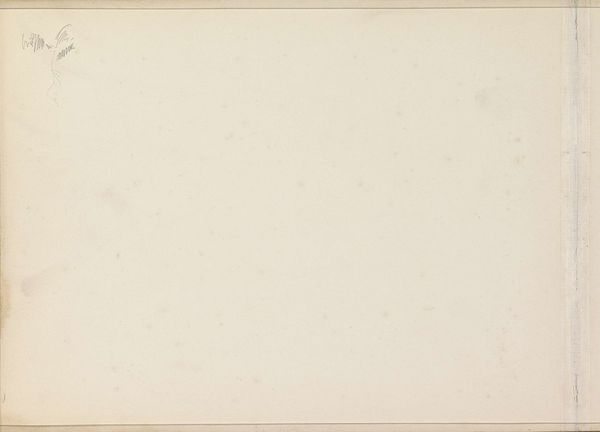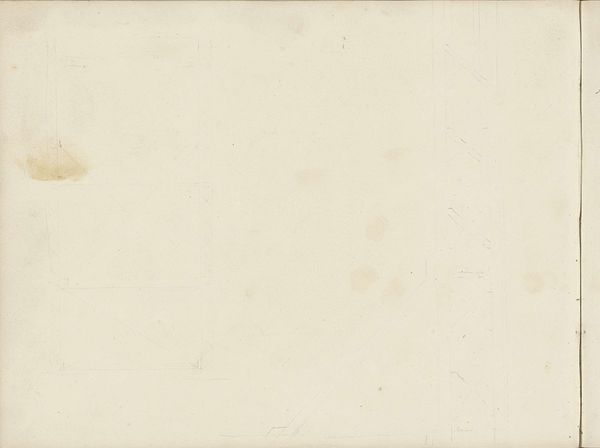
drawing, paper, graphite
#
drawing
#
landscape
#
paper
#
romanticism
#
mountain
#
line
#
graphite
Copyright: Rijks Museum: Open Domain
Editor: This is Jacobus van den Berg's "Bergen," a graphite drawing on paper from 1830. It has such a ghostly, almost faded quality, like a memory. How do you interpret this work, especially given its historical context? Curator: The "ghostly quality" you've keenly observed resonates deeply with the sociopolitical upheavals of the 19th century. Romanticism often sought solace in nature, away from industrialization. Yet, who had access to this 'nature'? Was it truly an escape for all, or did class and gender dynamics shape that experience? How do we address those unequal accessibilities when appreciating landscapes? Editor: That’s a really interesting point. I hadn't considered how societal structures might impact something as seemingly simple as enjoying nature, or depicting it. Curator: Consider then: does this rendering, seemingly so simple, actually mask the social stratifications that would dictate who got to *see* this vista, who *owned* it, and whose labor was exploited for the leisure of others *in* it? Editor: So you're suggesting that even in something as apparently apolitical as a landscape drawing, we need to consider the power dynamics at play in both its creation and reception. Curator: Precisely! Analyzing landscapes through an intersectional lens illuminates not only the beauty of nature but also the complex web of human relationships and power structures that are often invisible. Who were the inhabitants displaced to create this 'pristine' scene? Whose stories are silenced? What is the effect of that erasure? Editor: I hadn't thought about it that way before, but it completely changes how I see landscape art now. Curator: Good. To engage with art is to question its social implications, and to consider whose voices are being amplified, and which remain unheard.
Comments
No comments
Be the first to comment and join the conversation on the ultimate creative platform.
